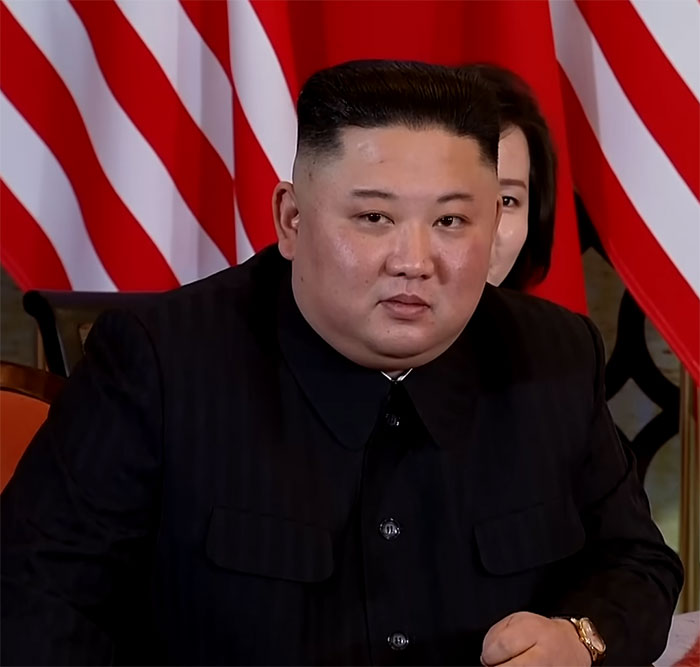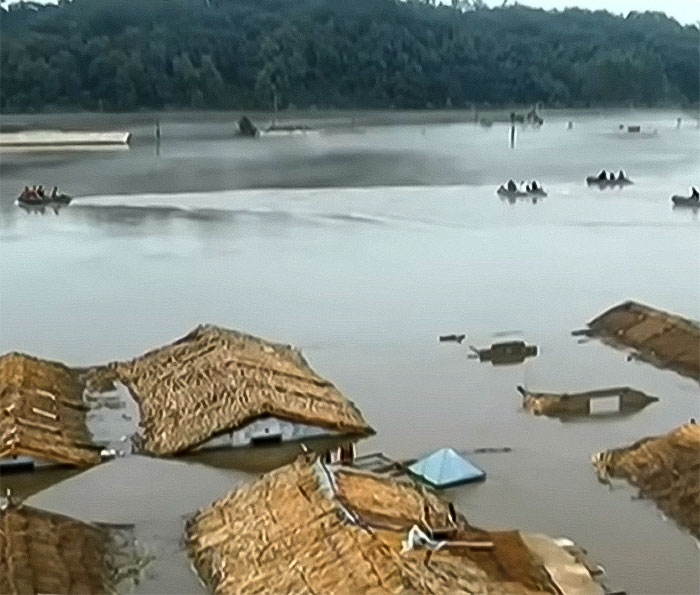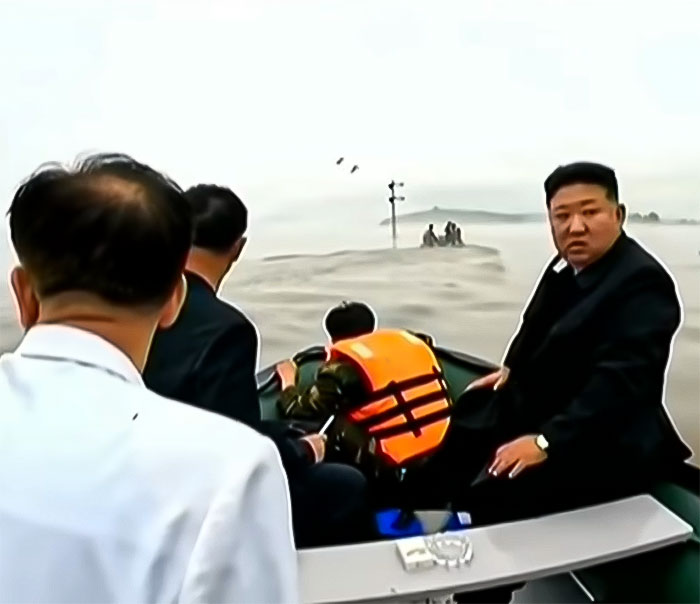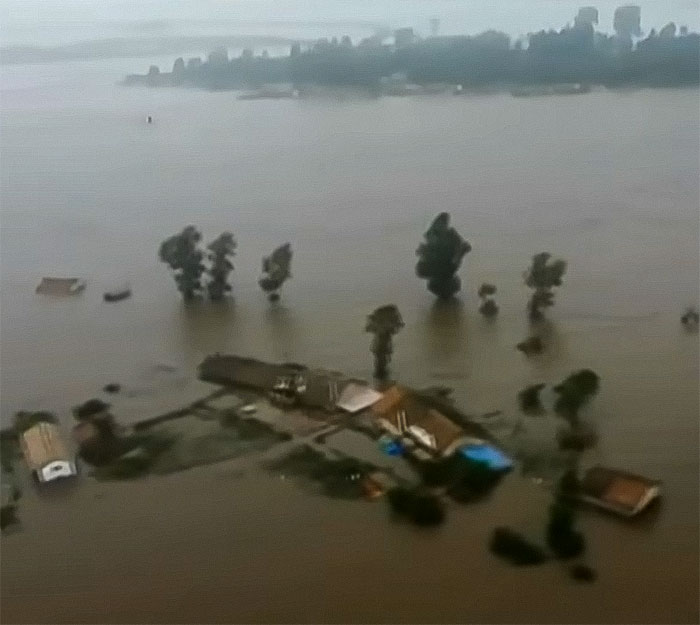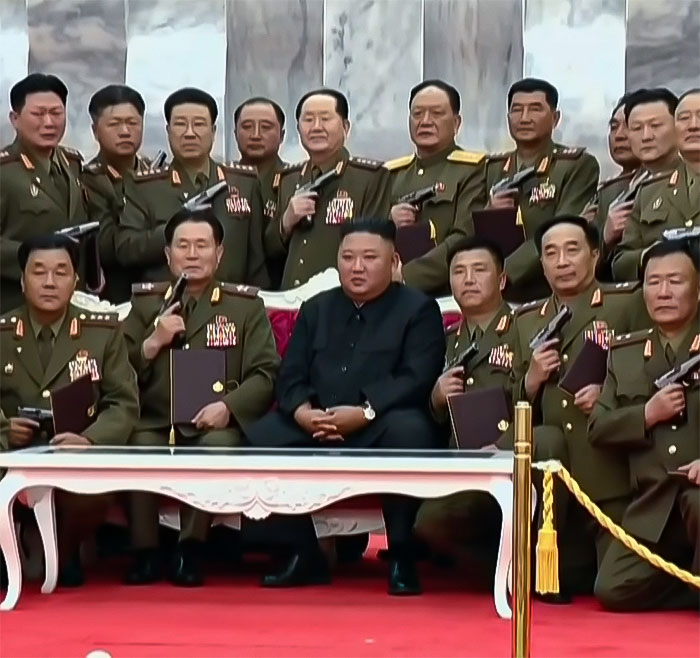Trigger warning: descriptions of public executions The supreme leader of North Korea held an emergency meeting shortly after the Yalu River floods that occurred from July 25 to July 29. During the meeting, Kim warned: “Those who caused unacceptable casualties will be strictly punished.” 20 to 30 North Korean cadres were subsequently determined to be involved in the flood-stricken area. They were all executed last month, South Korean television network TV Chosun reported on Tuesday (September 3).
30 North Korean officials were executed
Share icon Image credits: Guardian News Share icon Image credits: Linh Pham/Getty Images North Korean authorities reported that, in addition to responsibility for the flood, they were also charged with corruption and dereliction of duty. Lee Il-gyu, a former North Korean diplomat, told TV Chosun: “Even though there was recent flood damage, they were dismissed for social security reasons, and the executives themselves are so anxious that they don’t know when their necks will fall off.” The officials who were executed were not identified, but Kang Bong-hoon, the Chagang Province Provincial Party Committee Secretary since 2019, was among the leaders dismissed by Kim in an emergency meeting during the flooding disaster, Sky News reported on Wednesday (September 4).
The country’s leader, Kim Jong-Un, made the jarring order after they allegedly failed to prevent massive flooding and landslides
Share icon Image credits: AFP News Agency Share icon Image credits: AFP News Agency Kim was reportedly seen last month surveying the damaged areas and meeting with residents as he estimated that it would take months to rebuild the flooded neighborhoods. The 40-year-old leader of the Workers’ Party of Korea also reportedly slammed information shared by South Korea about the death toll, refuting the allegations that thousands were killed. Public executions in the totalitarian state have increased, the Korea Times reported in October 2023. Before the COVID-19 pandemic, North Korea saw an average of about 10 public executions annually.
The environmental incident resulted in the death of some 4,000 people, in addition to displacing more than 15,000 people
Share icon Image credits: AFP News Agency However, over the past year, this number has surged to an estimated 100 or more. During the peak of the COVID-19 pandemic, North Korea took measures to reduce public executions significantly in a bid to prevent the spread of infections, the Korea Times reported. Nevertheless, with the pandemic subsiding and human interactions increasing, the horrifying punishment progressively resurged. “North Korean public executions occur relatively frequently,” Cheong Seong-chang, director of the Department of Reunification Strategy Studies at the Sejong Institute, told the Korea Times. Share icon Image credits: National Geographic Cheong added: “These executions cover a wide range of cases, including heinous crimes, drug smuggling, and, in rare instances, individuals caught producing and selling prohibited content, including South Korean dramas.” The increase in executions reportedly led to a notable increase in smuggling activities. A 2023 North Korean Human Rights Report, based on the testimonies of 508 North Korean defectors from 2017 to 2022 and published by the Ministry of Unification, highlighted an ongoing pattern of summary executions without due judicial processes.
Kim held an emergency meeting shortly after the Yalu River floods that occurred from July 25 to July 29
Share icon Image credits: National Geographic There have been testimonies of the death penalty being enforced not only for violent crimes like homicides but also for offenses that are not punishable by the death penalty under the International Covenant on Civil and Political Rights, the report stated. These offenses included drug trafficking, watching or distributing South Korean videos, and engaging in religious or superstitious activities. Additionally, there have been instances where the death penalty was executed on children under 18 years of age and pregnant women. According to the report, public executions in North Korea are generally carried out by firing squads in places such as sports grounds accessible by a large number of people. Residents, including children, are mobilized through schools, state-run companies, and Inminban (neighborhood watch units) to witness these executions.
“That’s totally harsh decision to them because no one can stop the floods,” a reader commented
Share icon Share icon Share icon Share icon Share icon Share icon Share icon Share icon Share icon Share icon Anyone can write on Bored Panda. Start writing! Follow Bored Panda on Google News! Follow us on Flipboard.com/@boredpanda!
